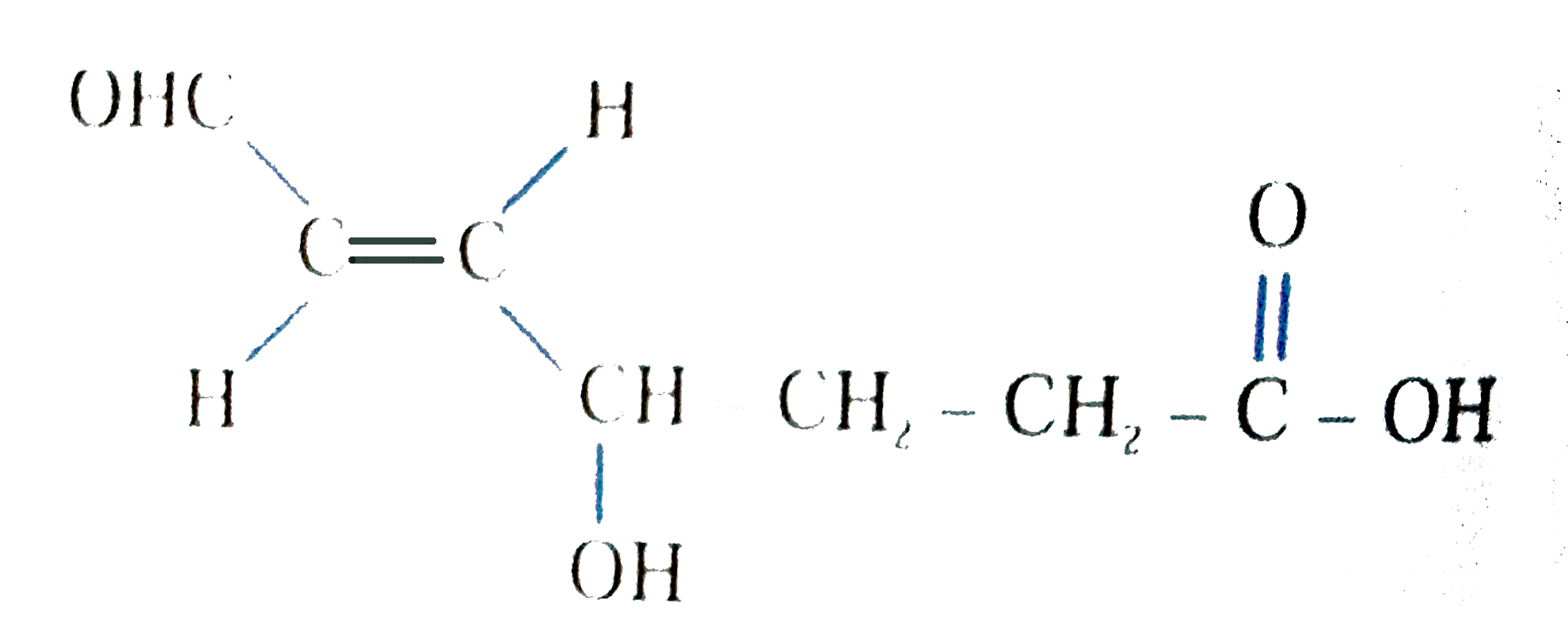The reaction obey I order with respect to H2 and ICl both.
H2(g)+2ICl(g)→2HCl(g)+I2(g)
Which of the following mechanism is in consistent with the given fact ?
Mechanism A: H2(g)+2Cl→2HCl(g)+I2(g)
Mechanism B: (i) H2(g)+ICl(g)slow−−→HCl(g)+HI(g)
(ii) HI(g)+ICl(g)→HCl(g)+I2
B only
A and B both
Neither A nor B
A only
The correct Answer is:B
Factual
Topper's Solved these Questions
- BOOK - NARAYNACHAPTER - CHEMICAL KINETICS EXERCISE - EXERCISE -430videos
CHEMICAL KINETICS
- BOOK - NARAYNACHAPTER - CHEMICAL KINETICS EXERCISE - EXERCISE -2 (H.W) COLLISION THEORY7videos
CHEMICAL KINETICS
- BOOK - NARAYNACHAPTER - CARBOXYLIC ACIDEXERCISE - All Questions288videos
CARBOXYLIC ACID
- BOOK - NARAYNACHAPTER - CHEMISTRY IN EVERYDAY LIFEEXERCISE - ASSERTION & REASON TYPE QUESTIONS10videos
CHEMISTRY IN EVERYDAY LIFE
Similar Questions
The role of a catalyst is to change
05:35View SolutionThe reaction A→C has activation energy for the forward and the backward reaction has 25 kJ and 32 KJ respectively. The ΔH for the reaction is
02:56View SolutionProvide IUPAC name of the compound given below.
 02:21View Solution
02:21View Solution(A) Analgesics bring down body temperature during high fever.
(R ) Tetracyclin is a tranquillizer.03:22View SolutionThe termolecular reaction 2NO(g) + H_(2)(g) rarr 2NOH(g) is found to be third order obeying the rate law r = k[NO]^(2)[H_(2)] . Show that it is conisstent with either of the following mechanisms: (a) 2NO(g) overset(k_(eq))hArr N_(2)O_(2)(g) ("fast equilibrium") N_(2)O_(2)(g) + H_(2)(g) overset(k')rarr 2NOH(g) (slow) (b) 2NO(g) +H_(2)(g) overset(k'_(eq))hArr NOH_(2)(g) ("fast equilibrium") NOH_(2)(g) + NO(g) overset(k'')rarr 2NOH(g) (slow)
View SolutionThe reaction obey I order with respect to H_(2) and ICl both. H_(2) (g) + 2ICl(g) rarr 2 HCl(g) + I_(2) (g) Which of the following mechanism is in consistent with the given fact ? Mechanism A: H_(2) (g) + 2Cl rarr 2HCl(g) + I_(2)(g) Mechanism B: (i) H_(2)(g) + ICl(g) overset ("slow")rarr HCl(g) + HI(g) (ii) HI(g) + ICl(g) rarr HCl(g) + I_(2)
View SolutionH_(2) (g) +I_(2) (g) rarr 2HI (g), DeltaH=51.9 kJ . According to this, heat of formation of HI is
02:56View SolutionH_(2)(g)+I_(2) (s) rarr 2HI (g), DeltaH=51.9 KJ/mole H_(2)(g)+I_(2)(g) rarr 2 HI (g), DeltaH=-9.2 kJ/mole. the heat of reaction of I_(2)(s) rarr I_(2) (g)
View SolutionThe reaction of hydrogen and iodine monochlride is given as L
H2(g)+2ICI(g)→2HCl(g)+I2(g)
This reaction is of first order with respect to H2(g) and ICI(g). The following mechanism was proposed for the reaction:
Mechanism A:
H2(g)+2ICl(g)→HCl(g)+HI(g), slow
HI(g)+ICI(g)→HCI(g)+I2(g) , fast
Which of the above mechanism (s) can be consistent with the given information about the reaction?View SolutionFor the reactions, (i) H_(2)(g)+Cl_(2)(g)rarr 2HCl(g)+ xKJ (ii) H_(2)(g)+Cl_(2)(g)rarr 2HCl(l)+ yKJ Which one of the following statement is correct :
02:38View SolutionThe reaction obey I order with respect to H2 and ICl both.
H2(g)+2ICl(g)→2HCl(g)+I2(g)
Which of the following mechanism is in consistent with the given fact ?
Mechanism A: H2(g)+2Cl→2HCl(g)+I2(g)
Mechanism B: (i) H2(g)+ICl(g)slow−−→HCl(g)+HI(g)
(ii) HI(g)+ICl(g)→HCl(g)+I201:24View SolutionThe reaction between H2(g) and Icl(g) occurns in the following steps :
(i) H2+ICl→HI+HCl
(ii) HI+ICl→I2+HCl
The reaction intermediate in the reaction isView SolutionThe reaction of hydrogen , and iodine monochloride is represented by the equation:
H2(g)+2ICl(g)+I2(g) This reaction is first-order in H2(g) and also first-order is ICl(g) . Which of these proposed mechansim can be cnsistent with the given information about this reaction?
Mechanism I:
H2(g)+2ICl(g)→2HCl(g)+I2(g)
Mechanism II:
H2(g)+2ICl(g)slow−−→HCl(g)+HI(g)
HI(g)+ICl(g)first−−→HCl(g)+I2(g)01:56View SolutionFor the reaction. H_(2)(g) +2ICI(g) rarr 2HCl(g) +I_(2)(g) one proposed mechanism is H_(2)(g) +ICI(g) rarr HICI(g) +H(g)" " (fast) H(g) +ICl(g)rarr HCl(g) +I(g) " " (fast) HICl(g) rarr HCl(g) +I(g)" " (fast) I(g) +I(g) rarr I_(2)(g)" " (fast) Intermediates in this reaction include which of the following?
01:27View SolutionIf the equilibrium constant for the reaction,H2(g)+I2(g)⇔2HI(g) is K
What is the equilibrium constant of HI(g)→12H2(g)+12I2(g)?02:25View SolutionThe experimentally determined rate law for the following reaction is , rate =k[H_(2)][ICl] H_(2)(g)+2ICl(g) rarr2HCl(g) +I_(2)(g) . Two probable reaction mechanisms for this reaction are - Mechanism -I : H_(2)(g)+2ICI(g)rarr2HCl(g)+I_(2)(g) Mechanism - II : H_(2)(g)+ICl(g)rarrHCl(g)+HI(g) (slow) " "HI(g)+ICl(g)rarrHCl(g)+I_(2)(g) (fast) Which one of the following statements is correct with regard to these mechanisms -
02:25View Solution

